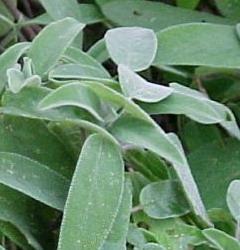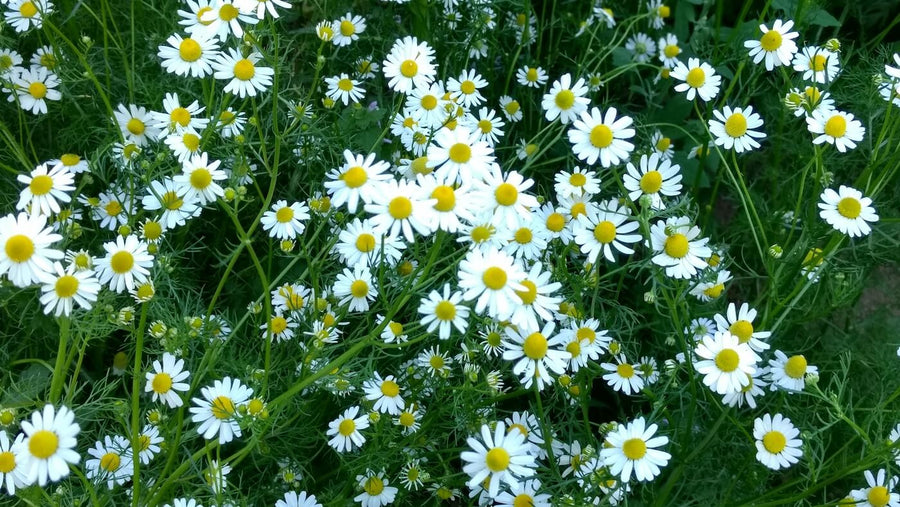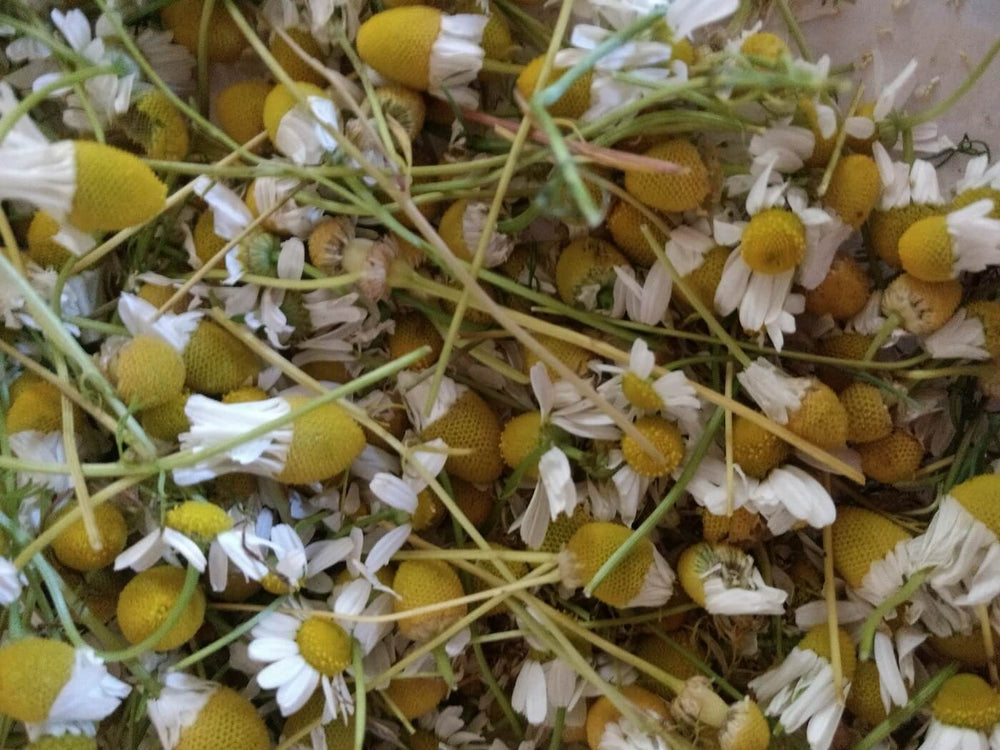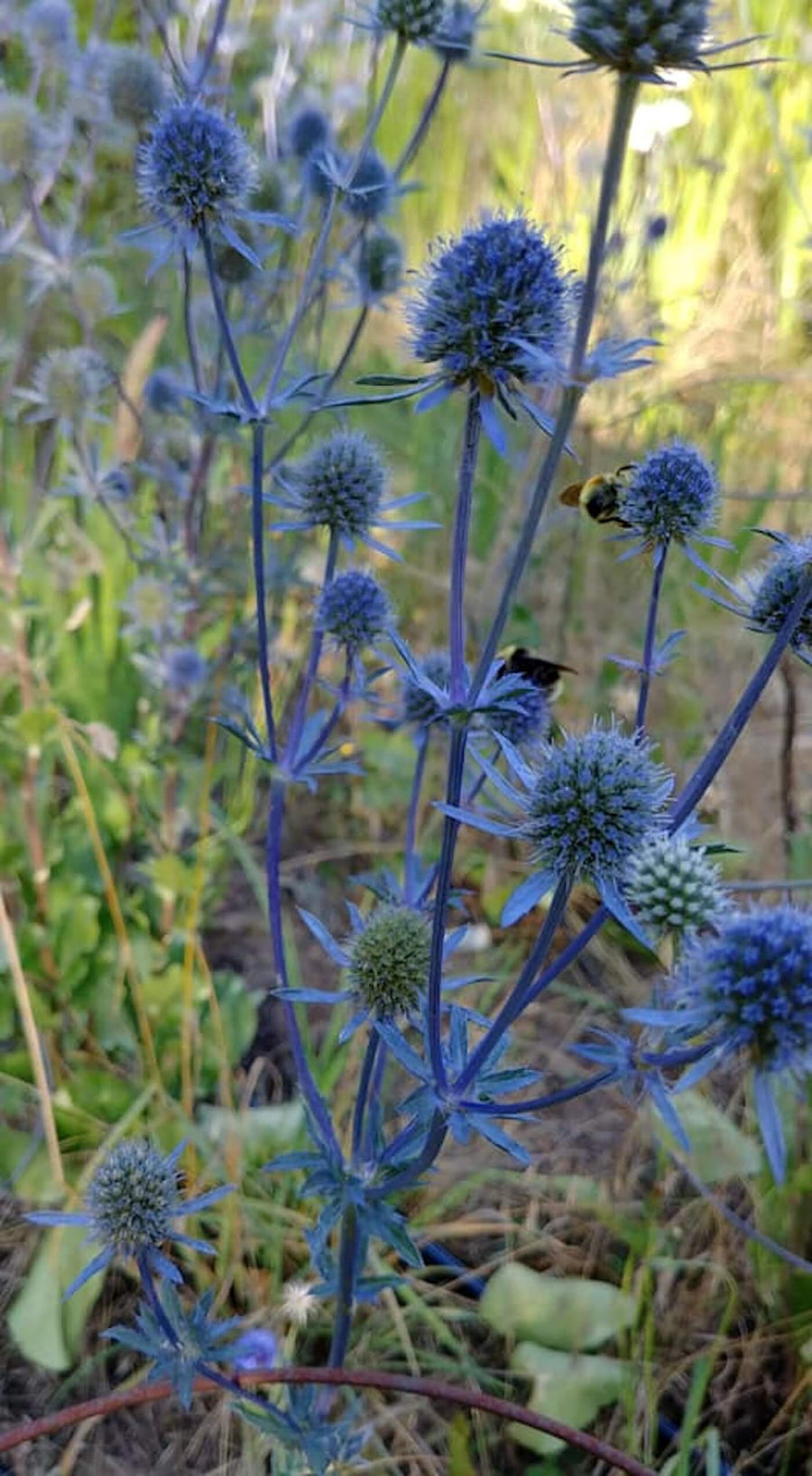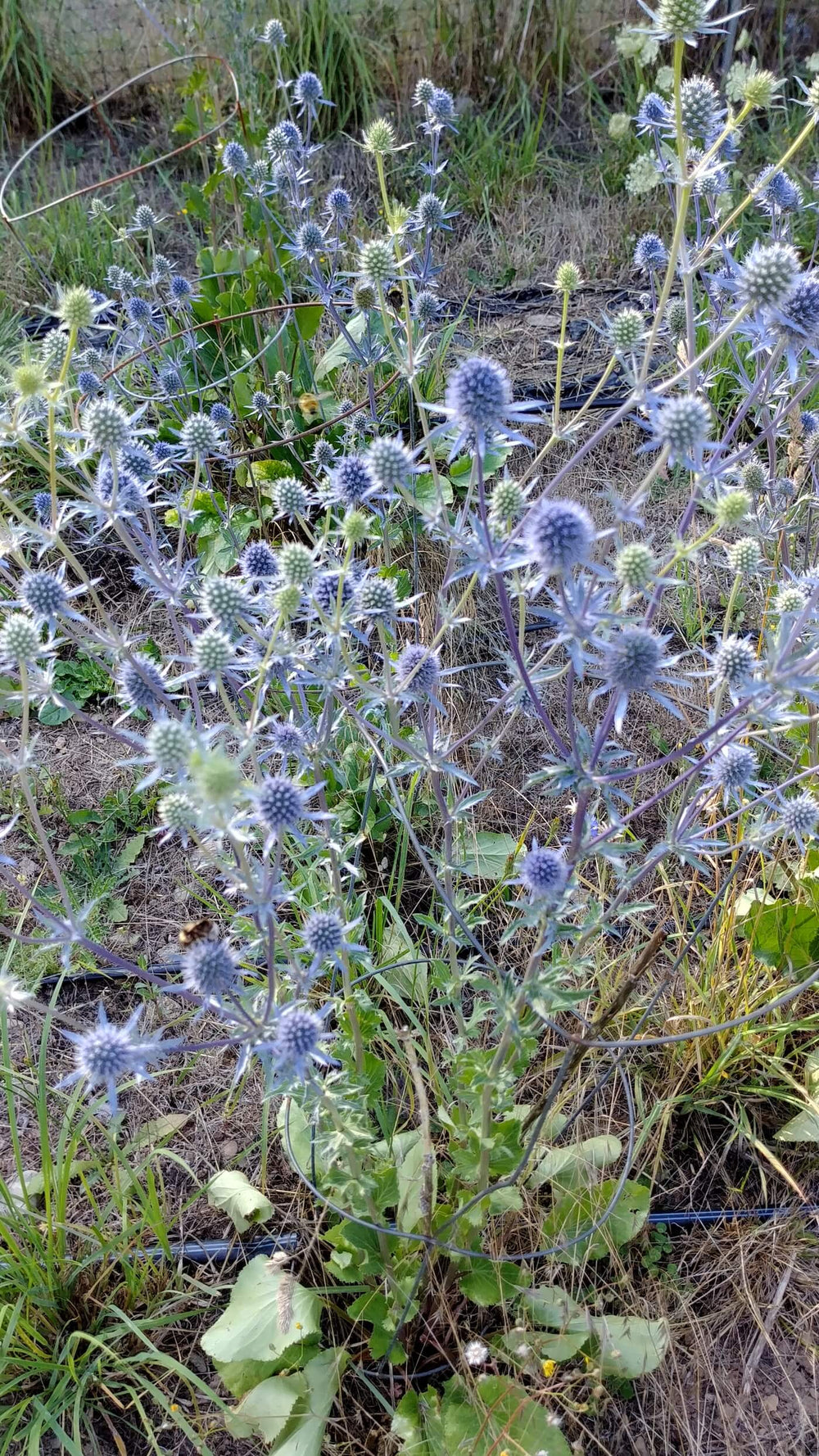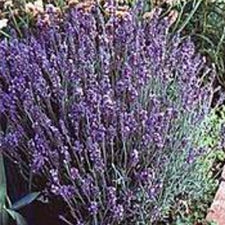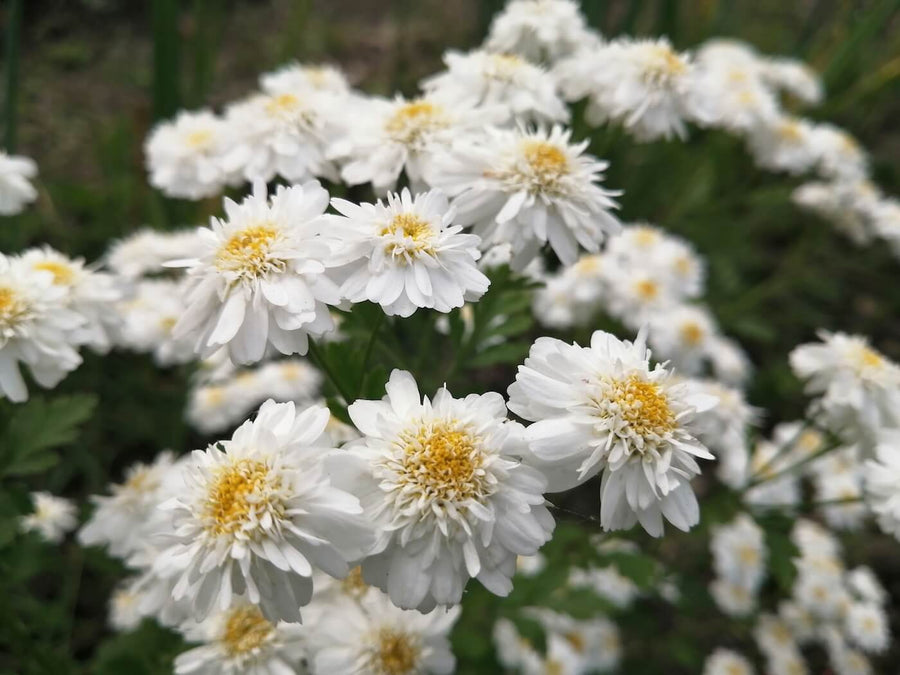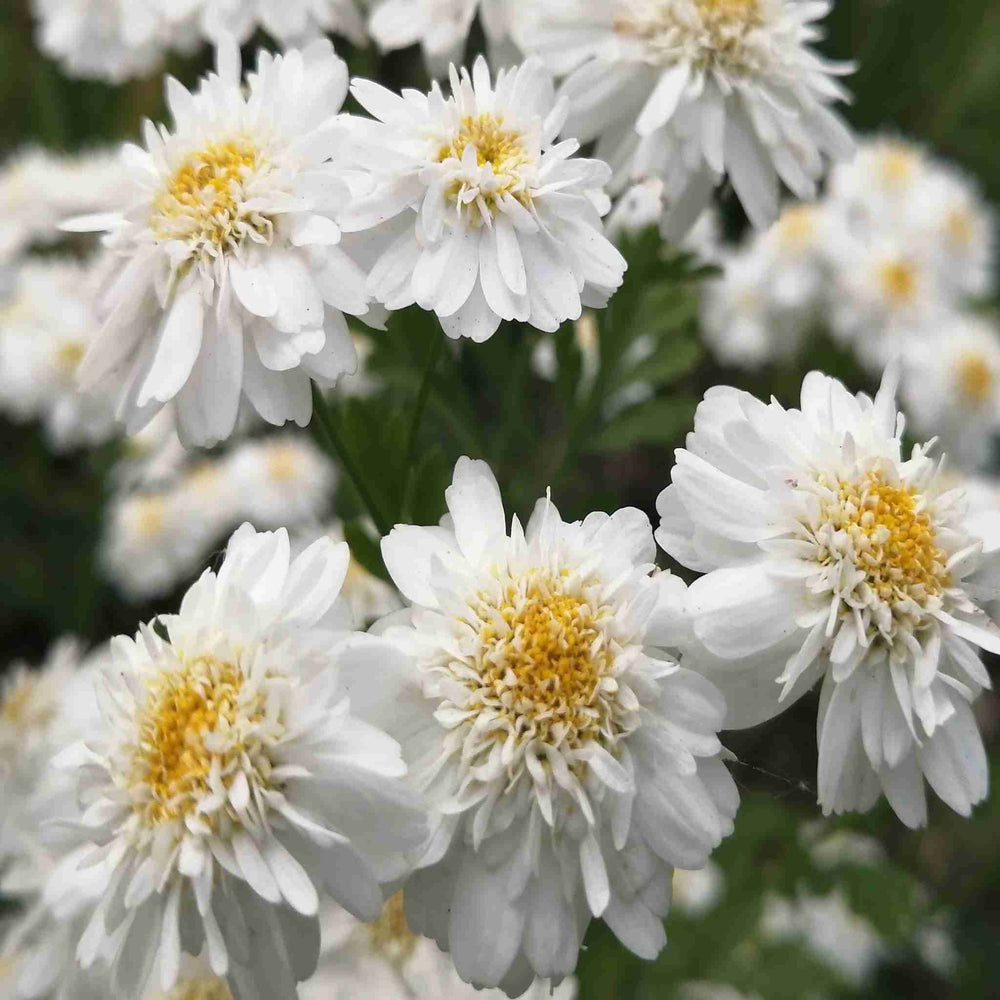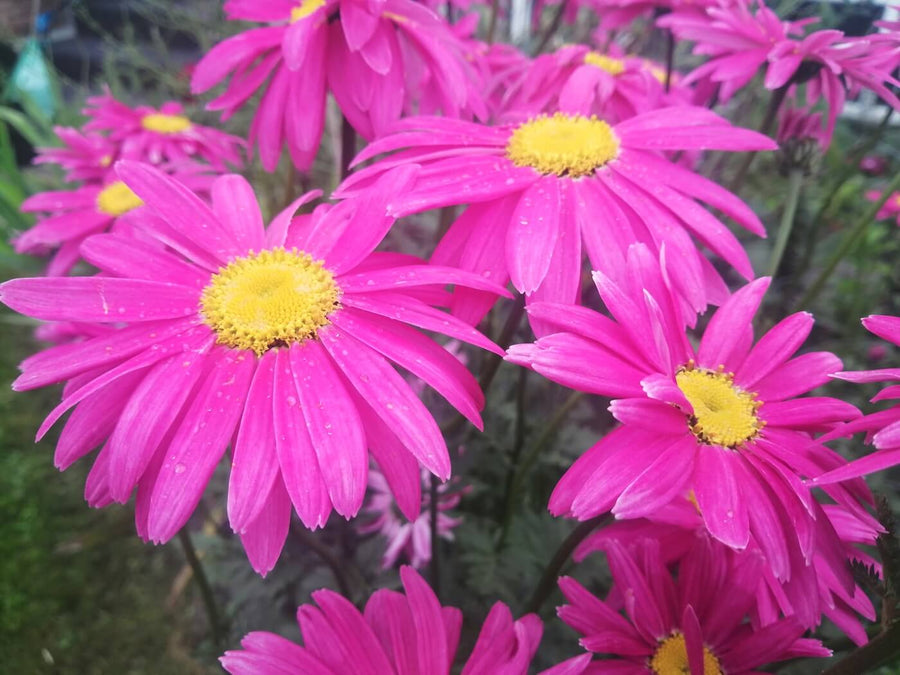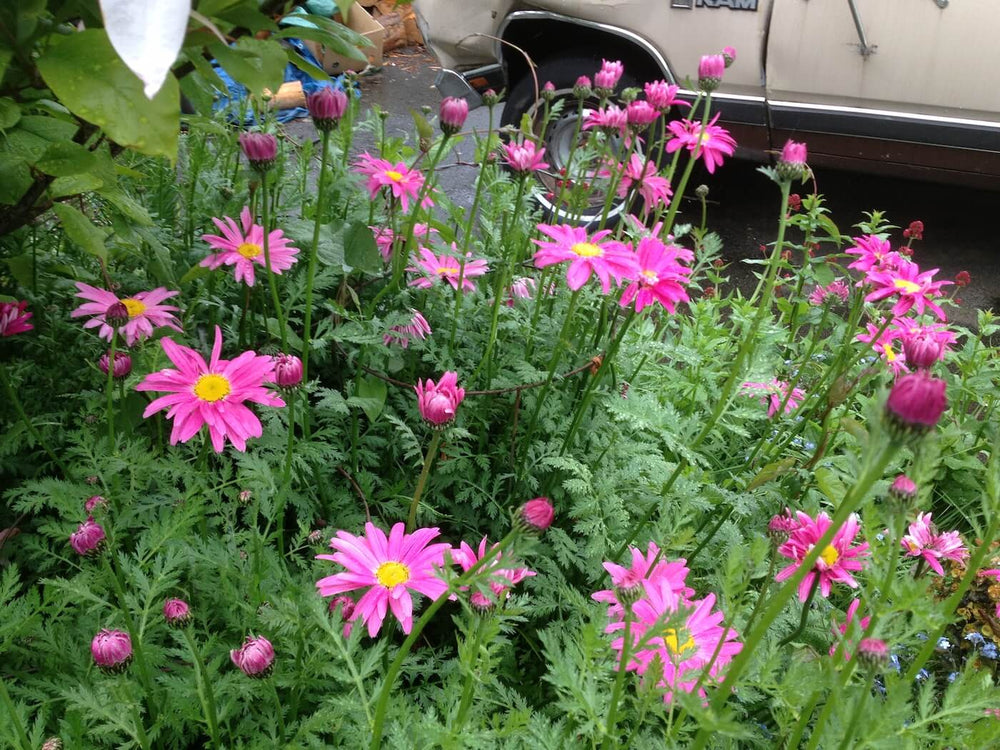Culinary Sage
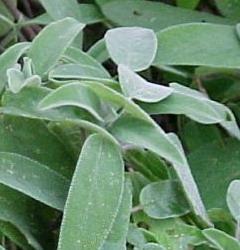
Culinary Sage
- Seeds per pack: 25+
Seed Details
Sage is a remarkable herb known for its versatility and resilience. Here are some key points about growing and using sage: Sage has an attractive appearance, featuring unique purple flowers that can enhance any garden. It is also drought-tolerant, thriving in dry conditions, which makes it an excellent choice for low-water gardens. The highly aromatic leaves of sage add a delightful scent to your garden and home. In terms of culinary uses, sage is commonly used to flavor a variety of dishes, including meats, soups, stews, salads, and stuffing. Its earthy, slightly peppery flavor complements many recipes. Additionally, sage may serve medicinal purposes, such as being used as a gargle to soothe inflammation of the nose and throat due to its aromatic properties. For growing sage, pruning is recommended early in the spring to encourage bushy growth and maintain its shape. Sage is easy to grow and maintain, making it a great herb for both beginner and experienced gardeners. Incorporating sage into your garden not only adds beauty and fragrance but also provides a versatile ingredient for your kitchen and natural remedies.
Instructions
Culinary sage is a flavorful herb that's easy to grow from seeds. Here's a simplified guide for sowing and growing sage. Start sowing seeds indoors 6-8 weeks before the last frost. Use well-draining seed starting mix and fill seed trays or pots, leaving some space at the top. Moisten the soil lightly, scatter the seeds evenly, and cover with a thin layer of soil. Place the trays in a warm spot (60-70°F) with good light. Keep the soil moist; germination takes 10-21 days. Once seedlings have true leaves, thin them for space. If indoors, use grow lights to prevent leggy growth and water when the top inch of soil is dry. To transplant, gradually acclimate seedlings to outdoor conditions over a week. After frost danger, plant them in a sunny spot with well-draining soil, spacing 18-24 inches apart. Sage pairs well with rosemary and thyme, but avoid planting near cucumbers. Regular pruning encourages bushy growth. Enjoy your culinary sage harvest!. Germinates 10 to 12 days.
-
Receive by:
19 Nov 2025 - 26 Nov 2025
- Free shipping over $40
- Fulfilled within 48-72 hours
- Secure payments
- Low stock - 1 item left
- Inventory on the way




| Seed #: | 218 |
| Variety: | Culinary |
| Colour: | Herb |
| Temperature (C): | 16 - 22 |
| Zone: | 2+ |
| Blooms: | July to September |
| Site: | Full Sun |
| Quantity: | 25 |
| Height (cm): | 60 - 80 |
| Spread (cm): | 30 - 60 |
Sage works well with many herbs, but avoid planting next to onions.
The ancient Greeks and Romans first used sage as a meat preservative. They also believe it could enhance memory snakebites, increase a woman's fertility, and more. Dioscorides and Pliny recommended sage as a diuretic and tonic.
In the early Middle, Ages Sage was commonly cultivated in monastery gardens for its benefits of healing many human ailments


